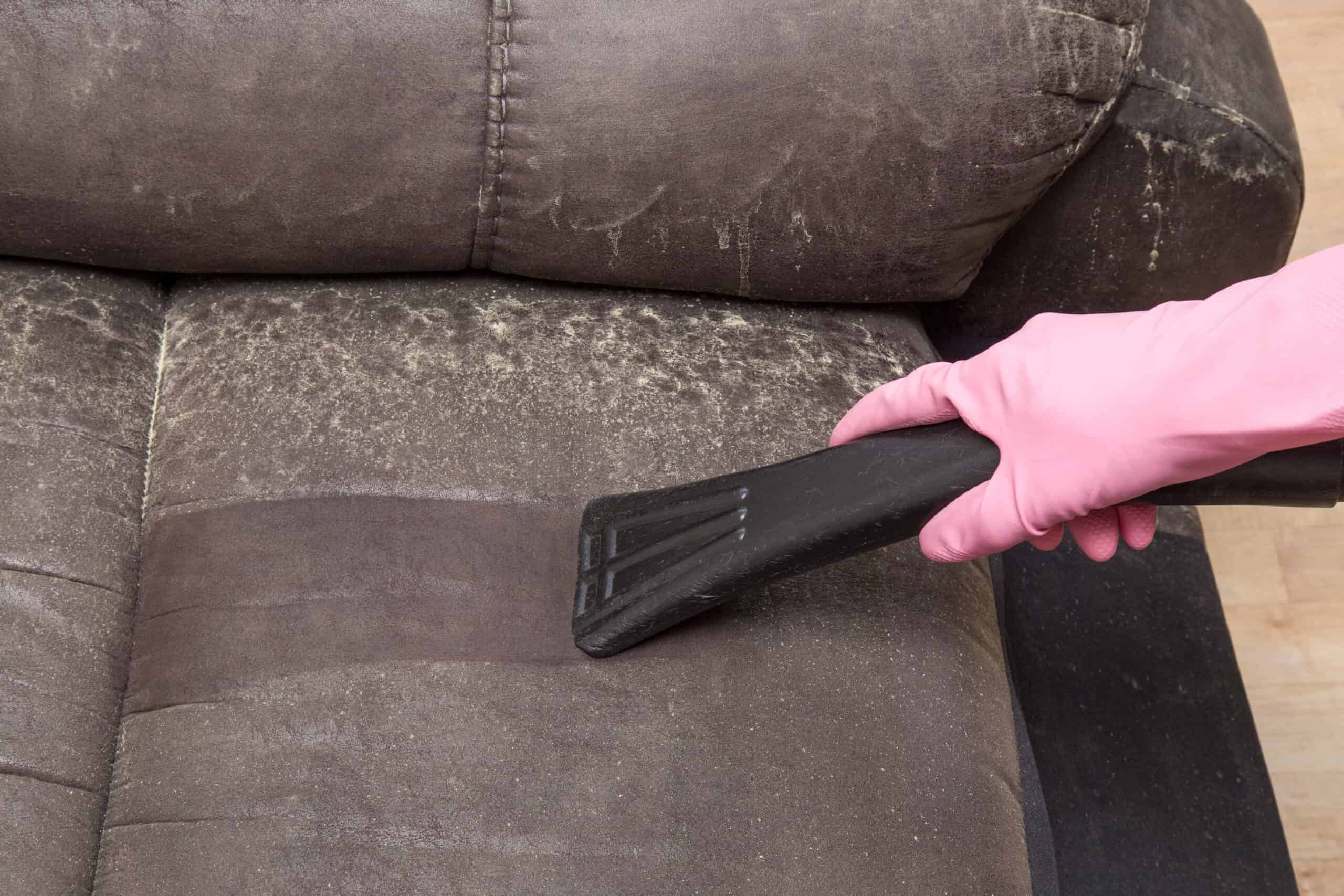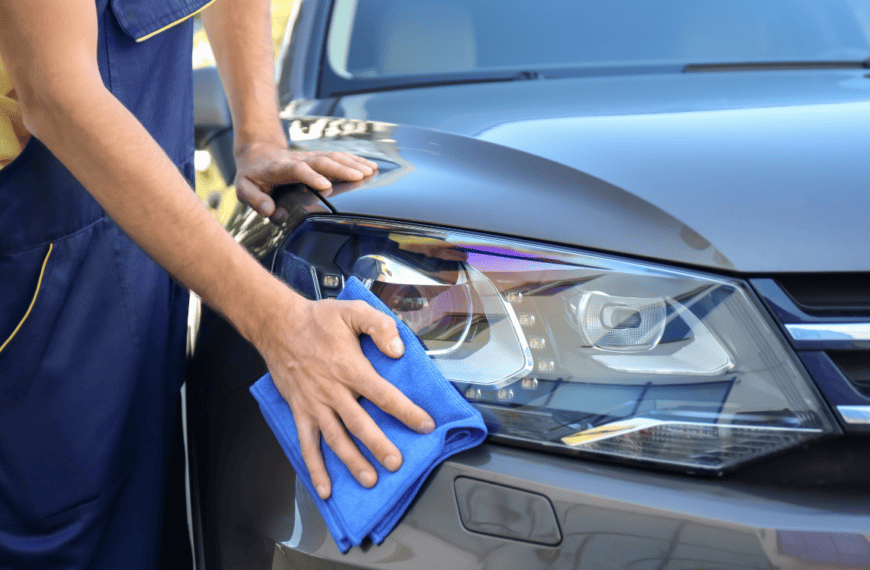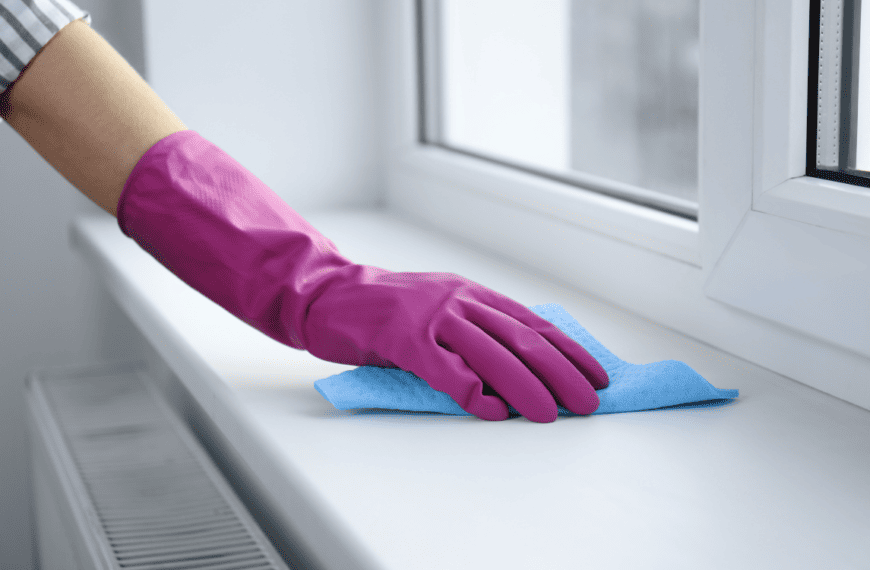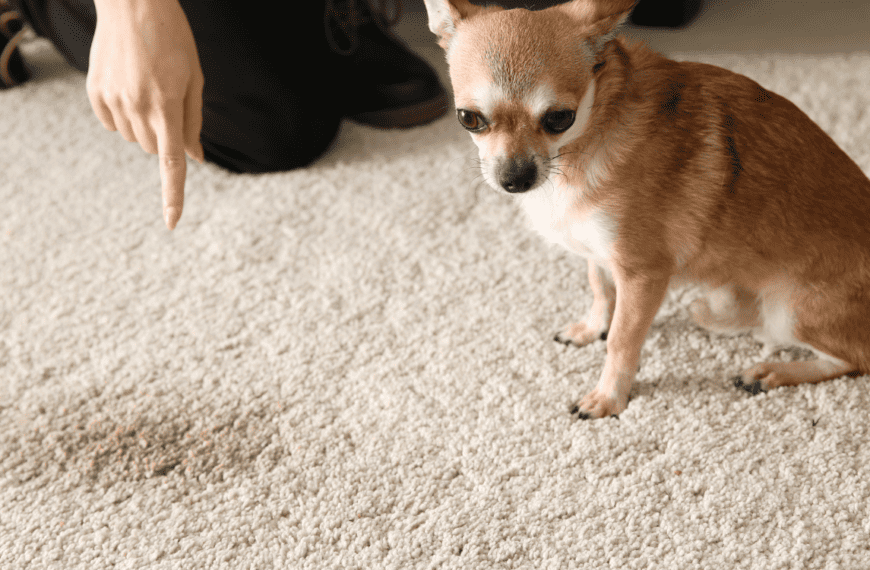Some people replace their upholstered furniture often, giving you a really great chance to get a deal on a used couch. We all know what happens on couches, so properly cleaning before you snuggle up on your used couch is really important. I’ll show you how to clean a used couch, what products you can use, and how to take your couch to its second life.
What You Will Need To Clean A Used Couch
The exact process to clean your used couch will vary depending on how dirty the couch is. Here are the products you should have on hand.
- Vacuum Cleaner
- Steam cleaner (optional but helpful)
- Baking soda
- Spray bottle
- Mild dish soap
- White vinegar
- Soft bristle brush
- Microfiber cloth
- Bug treatment (not always needed)
- Spot stain treatment for furniture
How To Clean A Used Couch (Step by Step)
Before you start your cleaning process, prepare yourself that this will take a few hours. Don’t worry, not a few hours of Cinderella-type scrubbing, just a few hours to clean, remove stains and allow it to air dry before you can enjoy the couch.
Step 1: Look for a label
Take a look at your used couch and see if you can find a label. The label may give you cleaning instructions or recommendations, or it may direct you to a website where you can find more information. If there is no label, don’t panic; just move forward.
Step 2: Know your materials
What type of couch did you buy? Cleaning solutions that we like to use are mostly mild and will work on synthetic upholstery and even leather couches. However, store-bought cleaners usually have warnings regarding certain couch fabric, be mindful of those.
Step 3: Start with a good vacuum
The vacuuming process will remove any dirt and debris. First, vacuum the couch as it is, then remove all the cushions and vacuum under the cushions and the backside of each couch cushion.
Use vacuum attachments to get into the crevices.
Step 4: Decide on how to clean couch cushions
Some couches have cushion covers that are removable. If you want to remove the cushions and throw them in the washing machine with mild laundry detergent, this is not a bad idea.
I would check for recommendations from the manufacturer on washing procedures.
Don’t put the cushion covers in the dryer; let them air dry so you don’t struggle to get them back on your couch. If your cushion covers are not removable, simply move to the next step.
Step 5: Disinfect the couch
Before you get too much further in working on your couch, and certainly before you lay on it, it’s a good idea to disinfect the couch.
I recommend using Lysol Fabric Disinfectant. It’s explicitly made to spray on fabrics, so you won’t have to worry about long-term effects. I recommend doing this in a room with a window open and good ventilation; Lysol has a strong smell.
Also, don’t hold the canister directly next to the couch; you are not trying to soak it. You won’t need the entire can, but you can use the Lysol for routine cleaning of the couch.
Step 6: Bug spray
At this point, you have a handle on how clean your couch is. If you have seen any bugs, you may want to treat the couch with a bed bug treatment. Use something eco-friendly so that your pets and children are safe.
The Eco Defense Bed Bug Spray is a good option that claims to be safe for both kids and pets. I would test this cleaning solution in a spot where a stain won’t stand out if it doesn’t react well with your fabric.
Step 7: Odor removal and neutralization
Some guides will have you start working on the stain removal before you get your couch smelling fresh. I disagree with this.
My odor removal and neutralization steps will help you get your stains loosened up, so it’s worth starting here and making at least a little less work for yourself.
For best results with odor removal, sprinkle baking soda all over the couch. You can be pretty liberal about how much baking soda you use. Let the baking soda sit on the sofa for at least one hour.
Once your couch has completed its baking soda bath, vacuum it again. See if you think it has a fresh, clean smell. If you still have an odor, you may need to use vinegar.
The vinegar smell will dissipate soon after it dries. Fill a spray bottle with equal parts vinegar and water. Then add a few drops of mild dish detergent. Spray this on your couch and let it sit.
Step 8: Stain removal process
There are two options for removing any lingering stains on the couch. The first is to use the white vinegar, water, and dish soap mixture. Spray it lightly on the stained area of the couch. Let it sit for a few minutes, and then put a little baking soda on the area.
Scrub that with a soft bristle brush and then vacuum the residue away.
You can repeat this process several times by sprinkling baking soda on and letting it sit. This process may require a little elbow grease, but it works.
The other option is to use a commercial stain remover like Resolve. I would take the couch cushions off and see if there is an area where you can test the spray to make sure it does not cause discoloration.
If you can’t stand the vinegar smell or want to get through the stain removal process faster, something like Resolve is the way to go.
For leather couches, use a specialty product like the Weiman leather cleaner.
Step 9: Deep cleaning with a handheld steam cleaner
A steam cleaner is a great cleaning tool to have for a couch deep clean. In addition, the steam cleaner is a good carpet cleaner and overall natural upholstery cleaner.
A little tip of advice here: I would still go through the initial vacuum process and the baking soda process before I started steam cleaning. If you start directly with steam cleaning, you may not get the couch perfectly clean at the end.
How To Shampoo A Couch
If your couch needs more of a shampoo cleaning, I recommend purchasing something like the Bissell Multi-Purpose Portable Upholstery cleaner. This unit can be used on couches and carpets to remove stains, deep clean, take away odors, and more.
- Start by getting a small portion of the couch wet using the sprayer.
- Then spray on a little natural cleaning solution or use Bissell Cleaning Solution in the cleaner.
- Continue working on one area until all the water is sucked out and all stains are removed.
- Take a microfiber towel and ensure that all of the fibers on the couch are back to their normal pattern; let the couch air dry.
Guidelines for Cleaning Couch Cushions and Pillows
I love taking my couch cushion covers off and throwing them in the washing machine, but that’s not a luxury that all couch owners have.
I highly recommend checking for a cleaning label on your couch cushion covers. If they can be removed and washed, it’s quite helpful. Remember, you won’t want to put these in the dryer as they could shrink.
If your couch cushions do not offer you the ability to remove the covers, then you can spot-clean them with a bit of mild detergent and water. Work in small areas with a microfiber cloth until stains have been removed.
Tips for Deep Cleaning and Maintaining a Clean Couch
Now that your used couch is ready to enjoy, here are a few ways to ensure that you can keep your couch clean for years to come.
- Vacuum the couch at least twice a month, remove all cushions, and vacuum under, around, and inside the couch.
- Keep a bottle of water and vinegar solution to spray on stains as soon as they happen.
- Use a steam cleaner once every month. If you have one, it can help ensure you don’t have a smelly couch, and it will keep stains to a minimum.
- When kids are using the couch, set some rules about food and drink so you have less mess to deal with.
- When cleaning the couch, don’t get the entire thing wet. It’s hard to work with and can take days to dry.









